Entrechats with Melissa Tattam
After an exciting and successful career as a professional dancer, Melissa Tattam took a bold step in a different direction. The Gatton-raised ballerina turned to physiotherapy and returned to Queensland Ballet Academy, where she now delivers body conditioning classes as an Associate Teacher, while also serving as a member of our Performance Health team.
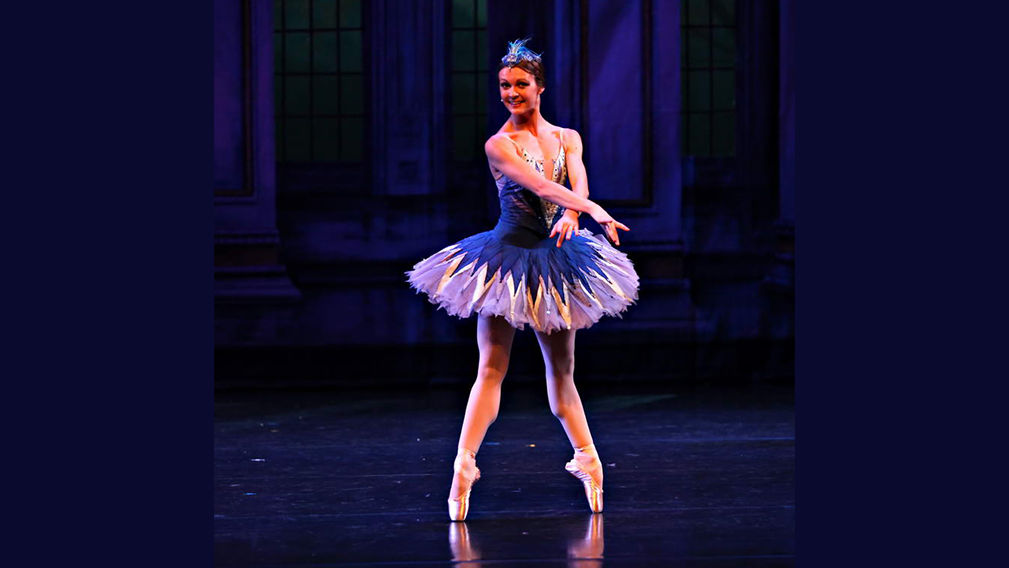
How did you discover your love for dance?
I grew up in Gatton, where my Mum enrolled me into a small, local dance school when I was six. I had no idea that a career path existed for dancers though, until I was around 15 years old. My dance teacher recommended I audition for QDSE at this age, and around this same time I saw Queensland Ballet perform Alice in Wonderland, and the Australian Ballet’s Dancers’ Company of Don Quixote, both in Toowoomba. I remember watching them and saying ‘I want to do that!’, so I worked really hard until I was accepted into the Pre-Professional Program at 17. I was then offered a contract under Francois Klaus at the Queensland Ballet Company, after accepting a short contract as Principal dancer of the Tasmanian Classical Ballet Company, under direction of Hassan Sheta. Ironically, I danced the ‘Dormouse’ in Klaus’ Alice in Wonderland a short while later, after seeing this same production that triggered me to pursue my ballet career.
What was life like as a dancer?
I loved being a professional dancer. When I look at it in hindsight, I love it even more. The time I got to bond with friends and do what I love all day, every day was so rewarding. Despite how tough it can be physically and mentally, it never felt like a chore or that I was going to work. I look back with such fond memories, and I’m very grateful for the opportunities I was given as a professional.
What was the best bit?
Touring! We travelled throughout north and regional Queensland, as well as a couple of southern tours across Victoria and NSW. However, the really fun tours were international. My first overseas tour was to Germany and Switzerland with the Company. We toured here three times under Klaus’ direction, once performing excerpts of Cloudland, which was quite special being an Australian-based production, and loads of fun with the different eras of dance styles including cha-cha, jive, rock n roll, and more. I look back on photos of the memories made with friends and colleagues on stage, and with the ballets we presented over there. There’s no way I can describe it, just incredible.
Did you have a favourite role or season as a dancer?
I have a few, but some stand outs include Stella in A Street Car Named Desire, Helena in A Midsummer Night’s Dream, both Klaus’ ballets and very fun, emotive characters to explore. But my absolute favourite was the ‘Black Swan’, Alexandra in Klaus’ Swan Lake. It was the toughest physical role and very technically demanding, but so rewarding and a lot of fun to dance with Christian Tátchev [Queensland Ballet Academy’s Director].
I also really loved performing the lead as Mermaid in The Little Mermaid. It was quite emotional for many reasons. When I first joined the Company after my student years, the first contract I danced was in Francois Klaus’ The Little Mermaid as a sea anemone, wave and court girl in the corps, and the final performance of my career with Queensland Ballet was also The Little Mermaid in China, but this time I was actually the Mermaid! It was a full circle moment, which was really nice to see and feel the evolution of my career at Queensland Ballet. You evolve both physically and emotionally as a dancer, it’s really very special and like no other ‘job’.
When did you retire from the stage, and what did you do next?
I always thought deep down, even when I left Queensland Ballet, that it wasn’t the end for me. Once a dancer, always a dancer, right?
I had started a Human Movement degree via distance education through CQU, while I was still at Queensland Ballet, with the intention of transferring into a physiotherapy degree. When I retired from the stage with Queensland Ballet I took this leap with my studies at The Australian Catholic University through their Elite Athlete Program, while still remaining involved with the dance world. I was fortunate during this time to work for Louise Deleur (Lucid), touring Dancing with Bach and with Collusion and Gareth Belling (a former colleague at Queensland Ballet) on Transient Beauty and Desirelines. I also found time to learn and dance the tango with Hugo Fernadez Tango, as well as aerial performances on Lyra, for Les and Kym at Majestic Artists. So, it was a really nice transition from full-time dancing.
Why did you decide to transition into physiotherapy?
When I was a student, I had an injury in my hips. Essentially, I didn’t know how to use my turnout muscles. I was in pain and couldn’t understand why. It sparked a lot of questions for me about being in touch with my body. I always wanted to know more, and combined with my fascination for anatomy and the human body, it was the perfect choice for me.
You’re back at Queensland Ballet now as an Academy Physiotherapist. What’s the best part of your new role?
I’ve been teaching body conditioning since 2012 to the Pre-Professional Program and now have the opportunity to treat the Academy students at our amazing new facilities. It’s fantastic! I’m able to provide the students with answers to questions I didn’t know as a student. When you teach a dancer in training, it might take them a whole year to rewire their body and mind, and reorganise their muscles to work correctly. To witness them understand the advice and watch the change in their bodies and how they work, is so individual, but it’s so satisfying when they figure it out and grow from that.
I also love that I get to see and work with my colleagues I used to dance with – Amelia Waller, Christian Tátchev, Zenia Tátcheva, Clare Morehen, Lisa Edwards, Louise Deleur and Paul Boyd (who also choreographed on us as students). I adore them so much and it’s just amazing to work alongside them. Another full circle moment – it seems there’s quite a few.
What’s next for you?
I have big dreams for the Academy to help our dancers even more over the coming years. It’s only going to get better for them and all of us here!
Outside the Academy, I’m currently in the process of specialising and managing scoliosis. I’ll be continuing my scoliosis training in a specific method that can help reduce the progression of moderate to severe spinal curves and ultimately help our dancers through their growth period. I’m a little nervous as it’s quite intense, but I guess many people are when venturing into something new!
Do you have any advice for our dancers?
Don’t compare yourself to anyone. We're all different and have different strengths. Also, try to be as versatile as possible!
Images: Ken Sparrow
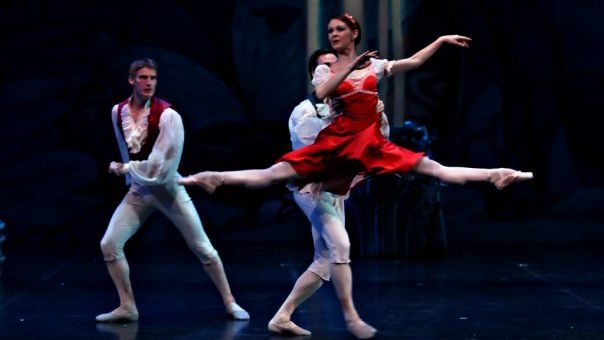
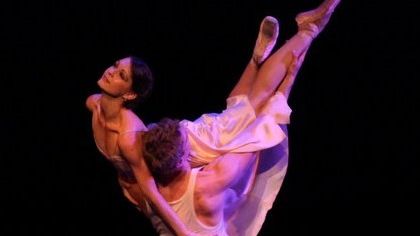
#Related
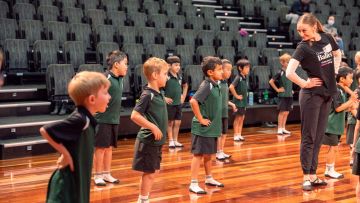
Media - Press Releases
Queensland Ballet Education Programs 2026 Learning through Dance
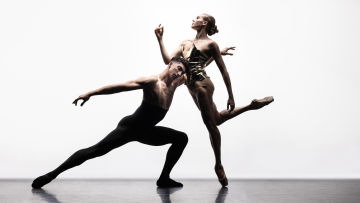
Media - Articles
2025 Wrap Up
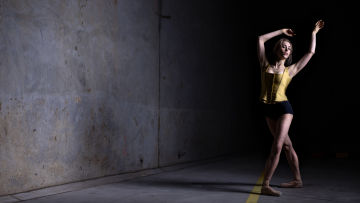
Media - Press Releases
